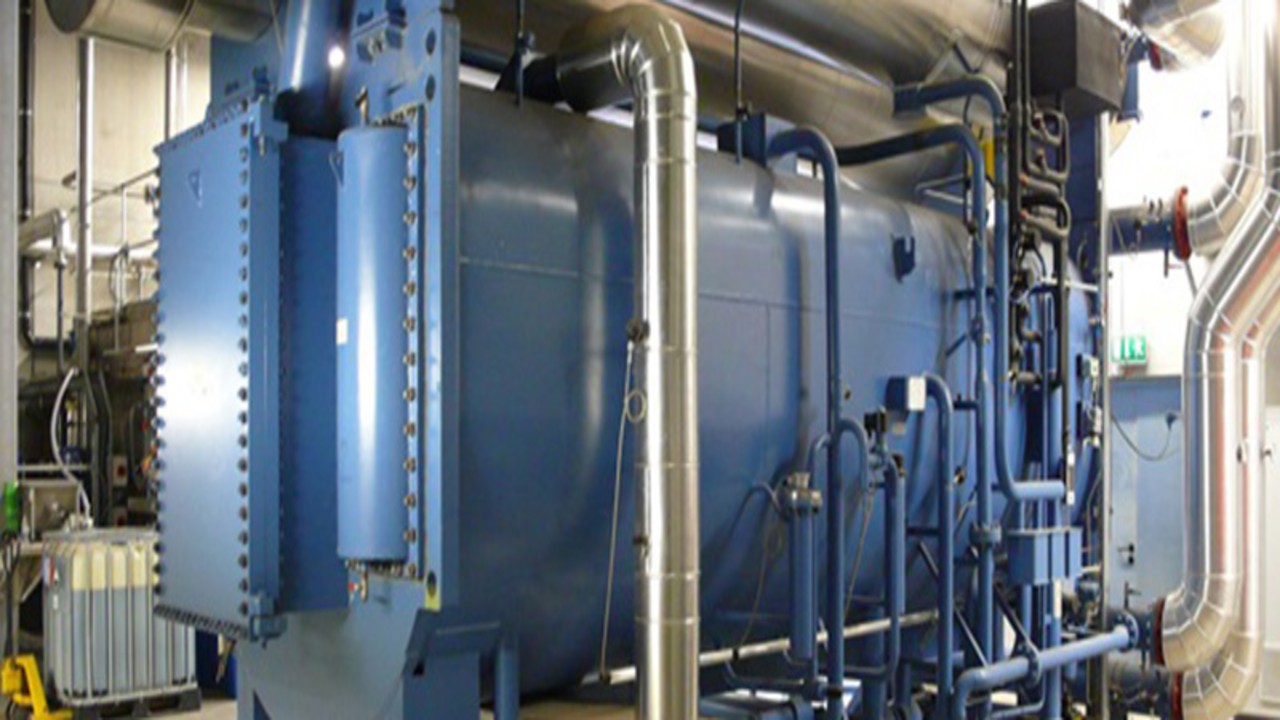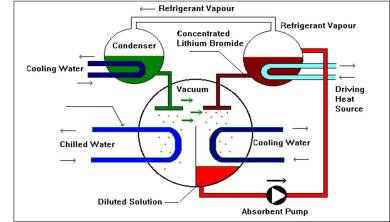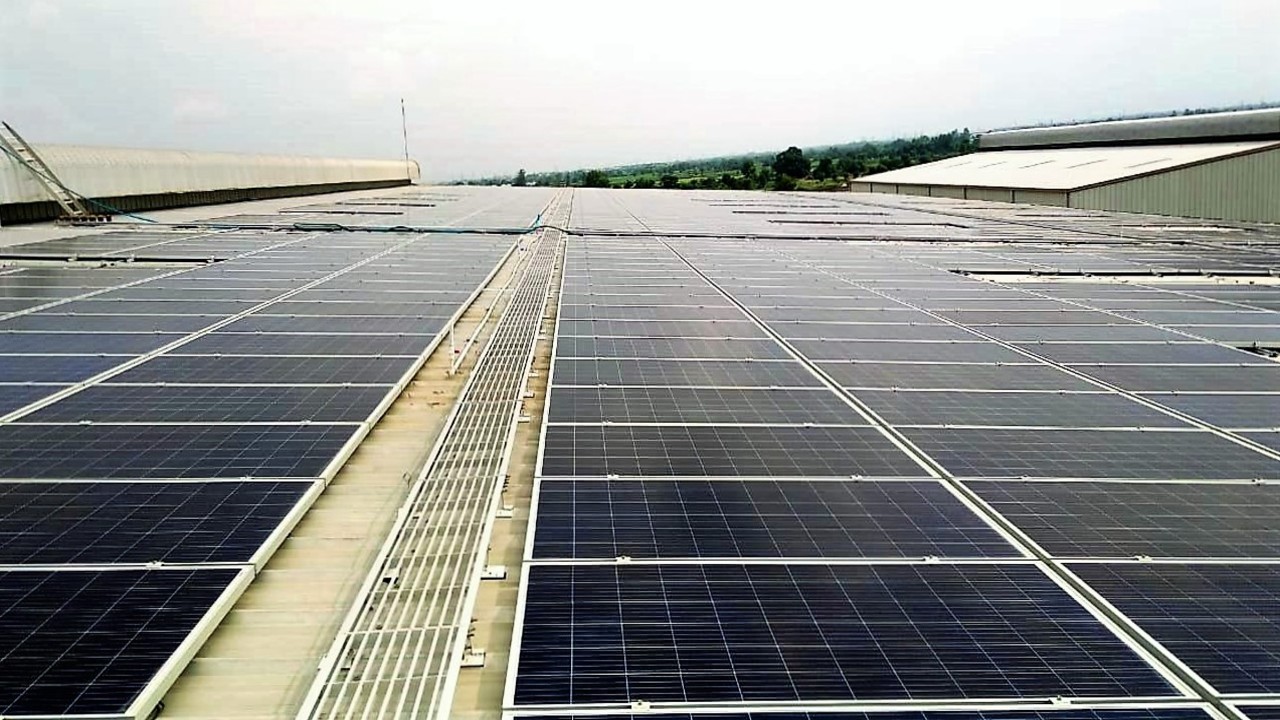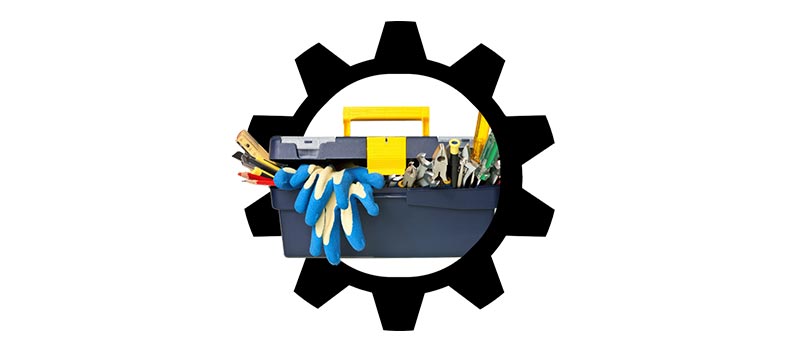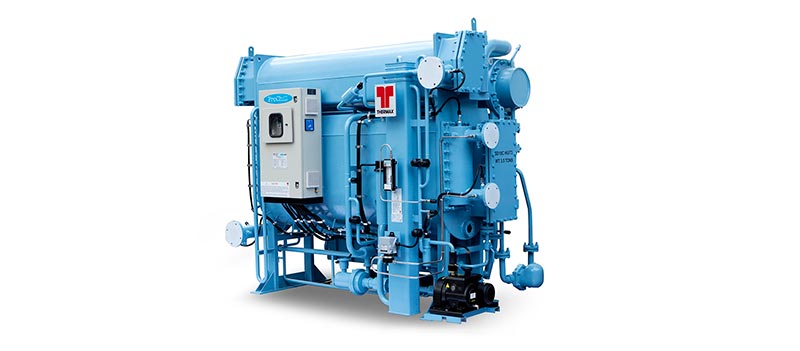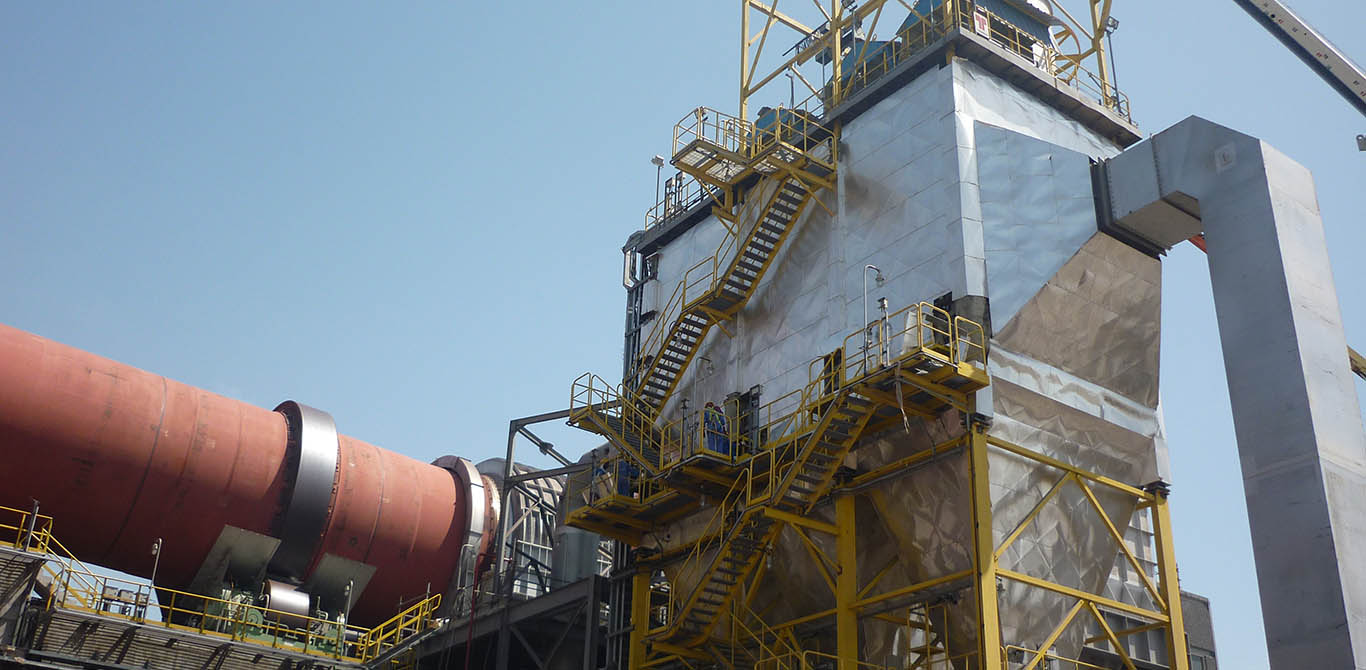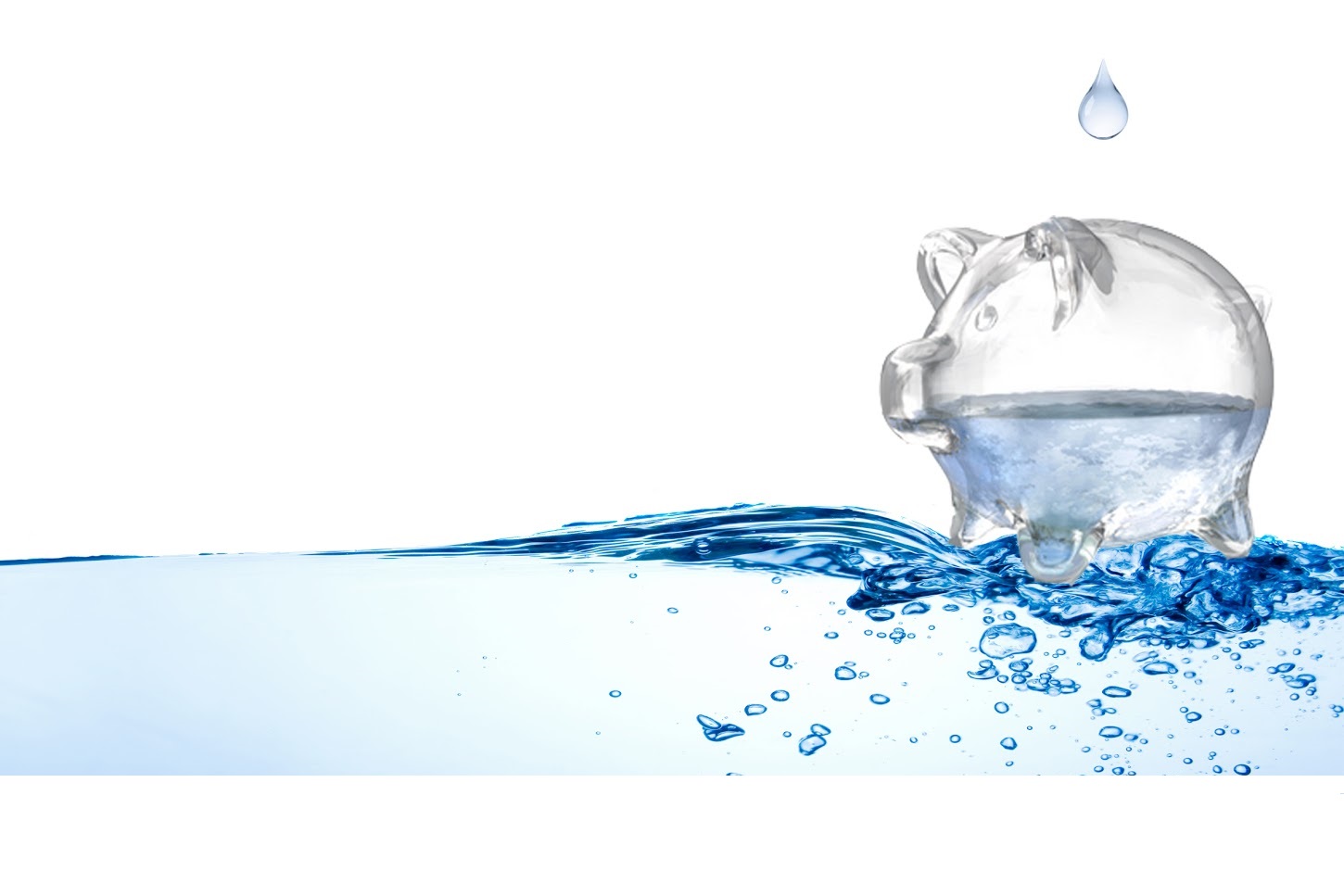Every year March 4th is celebrated as National Safety Day commemorating the Foundation Day of the National Safety Council and the first National Safety Day (NSD) Campaign which was launched in 1972.
The campaign now entering its 45th year, has grown into a major national campaign widely celebrated by industries, trade unions, government departments, regulatory agencies NGO’s and institutions with the active support of the Central and State Governments and media. It has made an impact on the industrial scenario at the national level by contributing to increased safety awareness and reduction in accidents. Started for a single day on March 4th as NSD, the campaign is now being spread over a week from March 4-11. Today, March 4, 2016 marks the 45th National Safety Day.
As safety is a top priority at Thermax, we look forward to this day each year as an added springboard for how we work all year round towards our goal of zero accidents and a healthy work environment.
Theme for 2016:
“STRENGTHEN SAFETY MOVEMENT TO ACHIEVE ZERO HARM”
Hazards at Work
Whatever sort of business you are, there is always the possibility of an accident or damage to someone’s health. All work exposes people to hazards, be it: loads which have to be manually handled; dangerous machinery; toxic substances; electricity; working with display screen equipment or even psychological hazards such as stress.
Preventing accidents and health damage
The underlying aim of good health and safety management is to make sure that people’s safety is not put at risk and that their health is not damaged Remember, no job is important that we can’t take time to perform it safely.
Attention to health and safety is not just about obeying the law and being socially responsible. It also makes good business sense.
Safety practices can:
- reduce your accident losses;
- cut absenteeism;
- help you become more efficient; and
- improve your business profile with customers, clients, insurers, enforcers etc.
The key to ensuring the safety and health of young people in the workplace is having a good health and safety management system which protects everyone. But young people can be at particular risk because they lack experience and trained judgement and thus they need good advice, information and supervision.
Working Together
Remember, you cannot achieve a safe and healthy working environment on your own. It has to be a team effort. You need to get proper health and safety co-ordination going with other businesses with which you come into contact such as clients, customers, suppliers or contractors. Don’t wait for things to go wrong and then go for the ‘quick fix’. Build health and safety in from the start. Don’t delay – make time and space to get started today!



